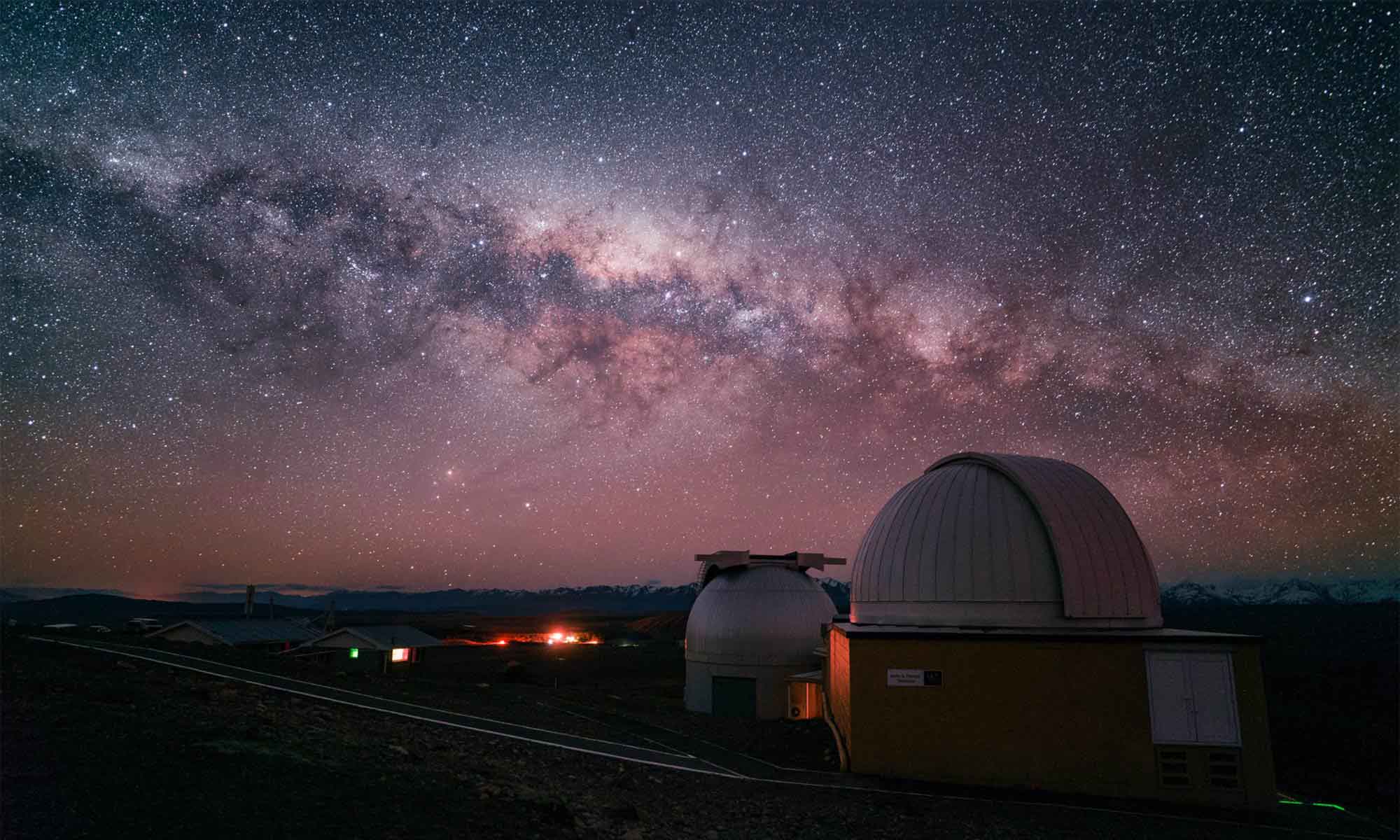I’m proud to announce that National Geographic has featured our recent short film On Photographing the Milky Way in their Short Film Showcase!
If you’d like to see it there, click here. You can also check out the video right here:
Diana and I put together the video as a side project to one of our tutorials: Motion Timelapse of the Milky Way. It took about three days of filming the live-action stuff and several months of timelapse shooting to complete the final montage. It’s the first time I’ve ever tried shooting hyperlapse footage of the Milky Way (maybe even the first ever hyperlapse of the milky way? who knows). It was a feat that required hours of manually moving the tripod one foot at a time, every 15 seconds between exposures in the pitch black. It was a ton of work to complete the final film and I’m so happy to have it picked up by one of my favorite publications.
If you want to read more about my thoughts on venturing out in the dark, check out the Original Post: On Photographing the Milky Way.
Thanks so much to all of you, our readers and supporters for making this possible!
-Ian
About the Video
Video and Photography by Ian Norman and Diana Southern
Music Coach and His Team on Cinematic Volume 5 Drama Soundtracks by Grégoire Lourme
Shot on location in Reno, Nevada with the Sony a7S mounted with the Voigtlander 40mm f/1.4 Nokton via the Voigtlander VM-E Adapter
Shot in Sony SLog2 and Graded in Final Cut Pro X with LUT Utility
Graded with the Film-Like1 LUT from Alister Chapman
Night video shots were made at f/1.4 and ISO 51,200 at 24 frames per second.
Motion Control with the Dynamic Perception Stage One Slider and Stage R
Timelapse footage and stills made with the following equipment:
Cameras
Sony a7S
Canon EOS 6D
Fujifilm X-T1
Lenses
Rokinon 24mm f/1.4
Rokinon 14mm f/2.8
Rokinon 8mm f/2.8 II
Fujinon XF 23mm f/1.4 R
Disclosure
We are a participant in the Amazon Services LLC Associates Program, an affiliate advertising program designed to provide a means for us to earn fees by linking to Amazon.com and affiliated sites. We are also a participant in the B&H Affiliate Program which also allows us to earn fees by linking to bhphotovideo.com.
Learn Astrophotography
Astrophotography 101 is completely free for everyone. All of the lessons are available on the Lonely Speck Astrophotography 101 page for you to access at any time. Enter your email and whenever we post a new lesson you’ll receive it in your inbox. We won’t spam you and your email will stay secure. Furthermore, updates will be sent out only periodically, usually less than once per week.
Help us help you!
Believe it or not, Lonely Speck is my full-time job. It’s been an amazing experience for us to see a community develop around learning astrophotography and we’re so happy to be a small part of it. I have learned that amazing things happen when you ask for help so remember that we are always here for you. If you have any questions about photography or just want to share a story, contact us! If you find the articles here helpful, consider helping us out with a donation.
[button font_size=”16″ color=”#136e9f” text_color=”#ffffff” url=”https://www.paypal.com/cgi-bin/webscr?cmd=_donations&business=lonelyspeckblog%40gmail.com&item_name=These+tips+help+keep+lonelyspeck.com+running.¤cy_code=USD&source=url” target=”_blank”]Donate[/button]
Thanks so much for being a part of our astrophotography adventure.
-Ian


Hello!
First want to say that my english is not good.I hope you to understand my asking.
Very, very beautiful video! Admiration for you !
I want to know abaout this part of the video : from 2:20 min to 2:25 min.
However, it contains moments of transition from day to night and my question is how to adjust white balance of these scenes to be smooth and correct? . Each frame separately in the editor and manually or in some automated way ? Because the scenes are about 150 pieces 🙂 processing photos with lightroom.And my settings of WB is permanent when shoot.
Many thanks in advance!
You nailed it: There is nothing like being out under the stars in a dark location. And photographing the night sky gets me out there. Thanks for all your help and for this beautifully crafted film.
You are an inspiration. I have improved my night photography thanks to your tutorials and information. You are very talented in a few ways… You are a great photographer and you have the gift of explaining complex things in an easy way to people (like me). I am going to the Moab very soon looking for the milky way and some inspiration. Well done and thank you
This is so incredible and so happy for your achievement!! Truly deserved!!!
Ian, I am 13 years old, live in upstate South Carolina and am a huge fan of you and your work. I have not yet shot the Milky Way as I haven’t been trying long enough to have shot at the right time of year, but this summer I plan to make all that change! I am currently shooting with a Canon T3i, and it does fairly good when taking astrophotos. But anyway, I would just like to say thanks to both you and Dianna for sparking a HUGE interest for me. And trust me when I say that your tutorials will giude me the whole way! Thanks again
– Will Jordan
Outstanding work. Really spectacular!